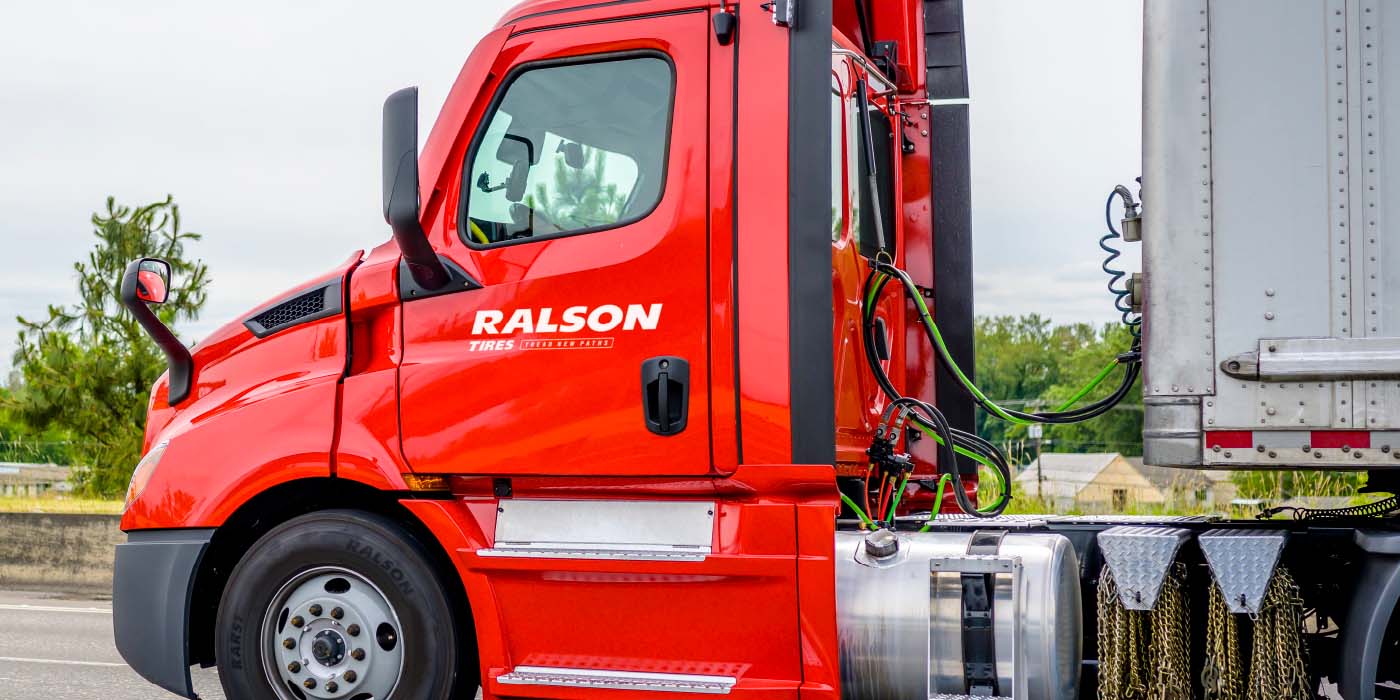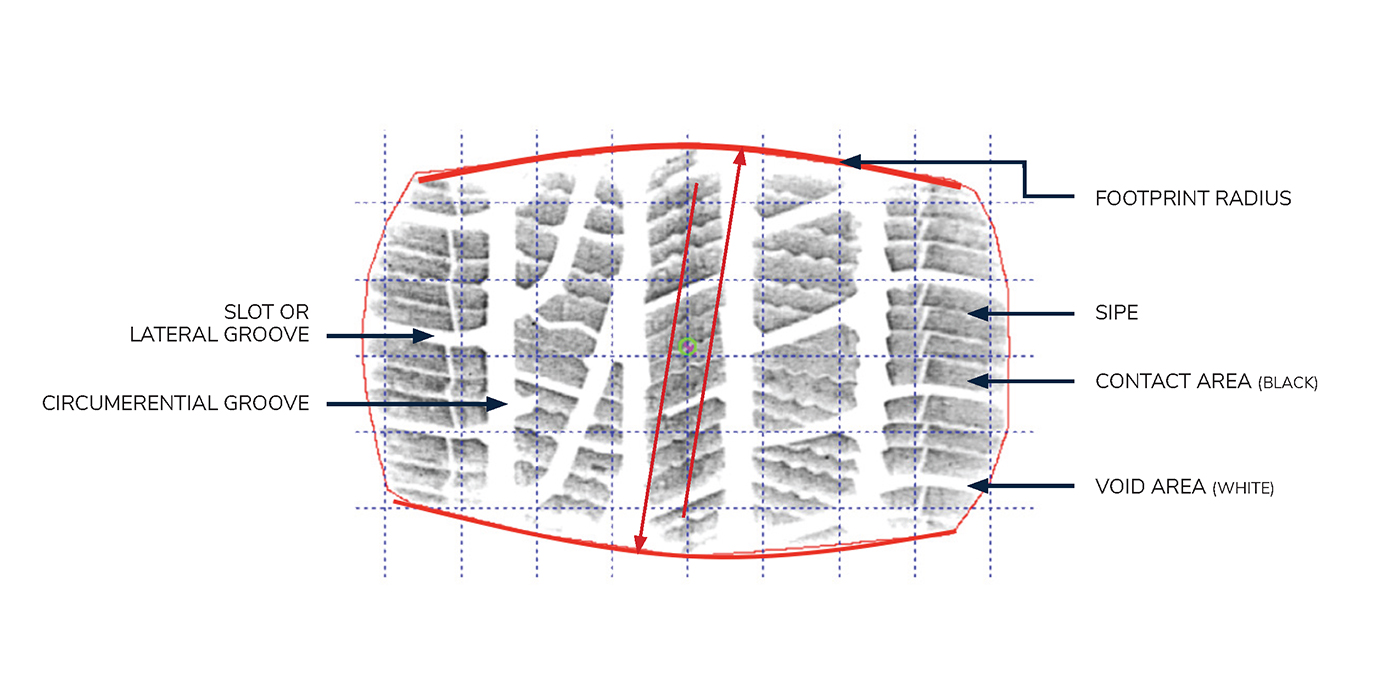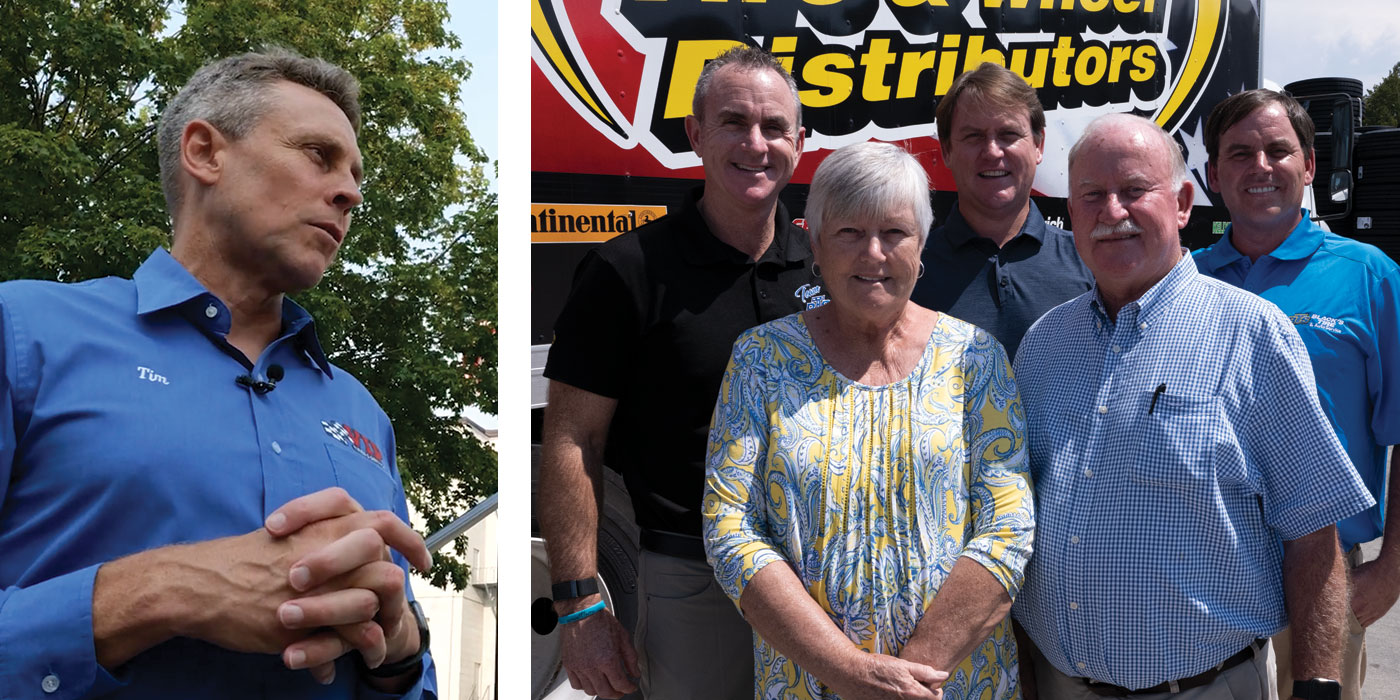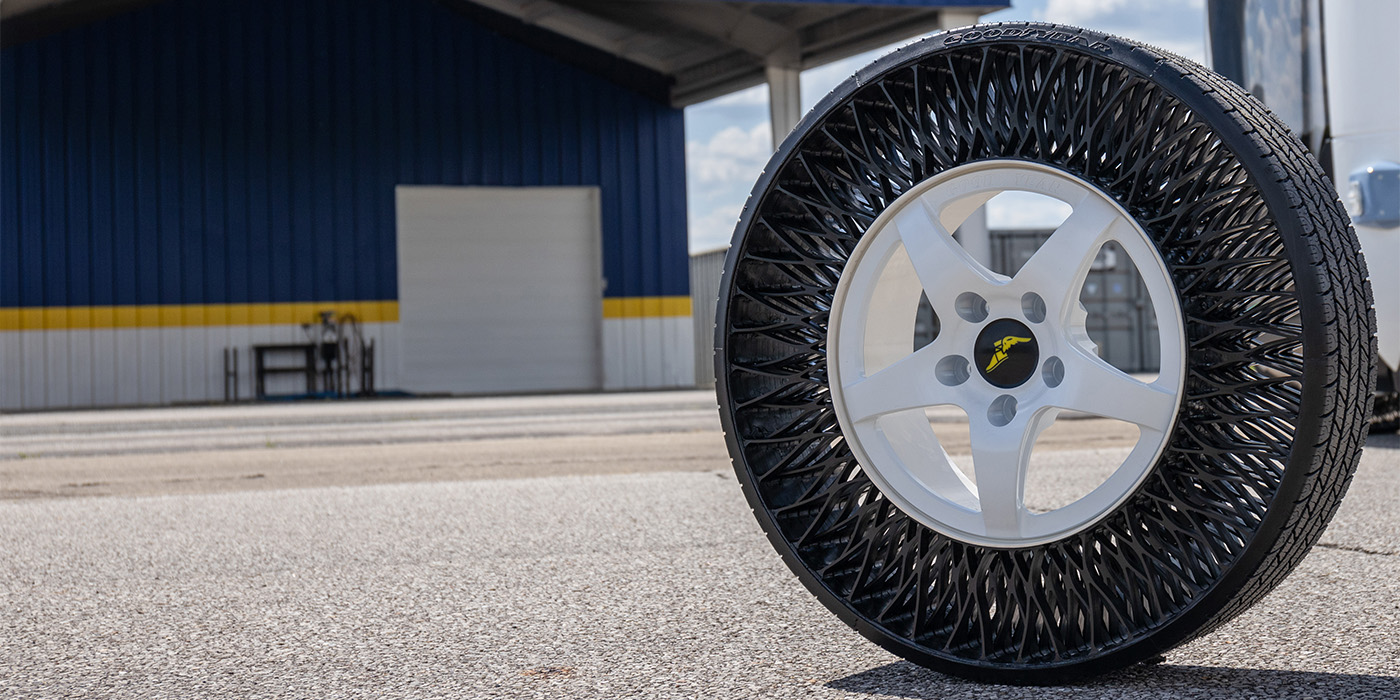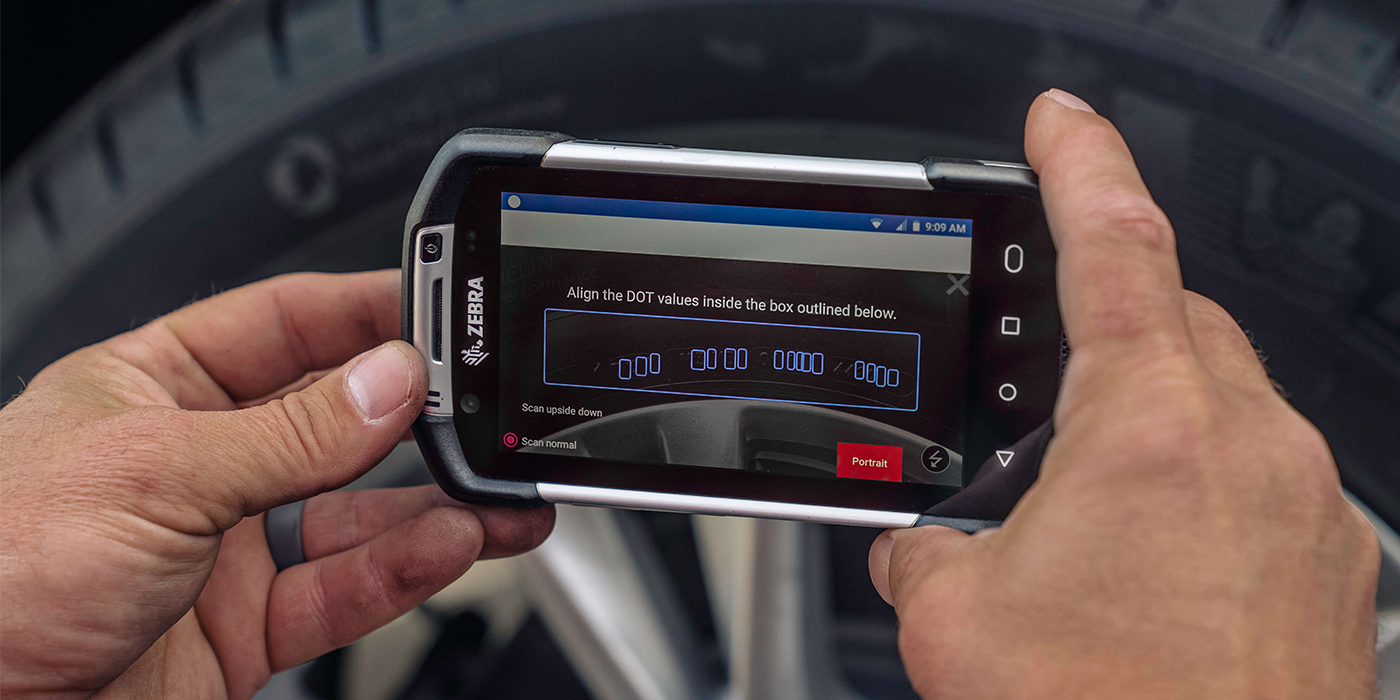I don’t get it.
I don’t understand it.
I don’t like it.
And neither should anyone working in this industry.
But in yet another tragic case of the tiny, stubby tail wagging the big dog, the USW – all 24,500 (or so) tire plant-working members – are dictating the terms and conditions under which millions upon millions of U.S. consumers will be allowed to purchase their tires.
Because in the not-too-distant future, I believe, the U.S. government will bow to the union and make yet another mistaken anti-consumer decision and place a new set of added tariffs and penalties on consumer tires imported from China. Some are suggesting these could exceed 60%.
Since the USW filed its latest complaint on June 3, the case has flown through two initial reviews, including a crisp 6-0 favorable vote by the U.S. International Trade Commission that was delivered nearly two weeks before its deadline.
Given how quickly this has moved, one could come to the conclusion that this is a done deal and we’re just waiting for the paperwork to be filed.
As an industry colleague noted about the sad 2010-12 administrative tariff, the last guy to state that there would never be another added tariff on China-made tires would be the first one. But still, it is painful and ludicrous to watch a struggling industry – one that is having a hard time getting new rubber on wheels – eat itself from the inside out.
Loads and piles of words have already been expended on this subject, so I won’t waste your time recounting the details of what has transpired thus far. Just search the word “tariff” on our website and you’ll find everything we have reported on to date.
But there remain a few curiosities I want bring up:
• While the USW is most obviously concerned about protecting its membership numbers, what about all of the tire dealership employees who will likely lose their jobs as more drivers push away from higher priced tires? Who represents them? How will the USW balance its purported employment saves/gains against the numbers that will lose their jobs when tire sales nosedive?
• Since the union is so wrapped up in leveling the playing field so that China-made tires are sold at “fair market value,” exactly who establishes fair market value? The union? The tiremakers? The industry? The ITC? Or is fair market value a function of what consumers are willing to pay? Oh, sorry, I forgot….no one asked consumers.
• Where is the USW’s political backing on this one? The previous tariff had the full faith and credit of the Obama Administration, a quaint little “thank you for your support” present to the union faithful. But Obama is on his last term and doesn’t need votes, so who is getting greased here? So whose supporting this run at highway robbery?
• Is this tariff push a mid-term election play anticipating that pro-business Republicans will control both the House AND the Senate? Bad for unions, to be sure, and a Republican Congress might force the ITC’s finger away from pulling the trigger on added tariffs.
• Or is it the USW trying to make itself look relevant on a national stage or at least among its dwindling membership rolls? Hmmmm…..
• And why the laser focus on consumer tires? Chinese brands are fast-growing in the North American medium truck tire market, taking up an estimated 30% share of sales. A lot of union workers make radial truck tires in North America. Aren’t those jobs as valuable? Would the USW rather beat down helpless unrepresented consumers than take on Teamster-represented trucking companies? One really has to wonder about this incongruity.
• If the union feels that the retail prices for China-made consumer tires are way below that of North American-made tires of similar size and utility (if such can even be found, mind you), why is it not looking inward for answers? After all, labor is the most (often only) controllable of the three-pronged cost of manufactured goods. Raw materials hit every tiremaker equally, and equipment/utilities cost what they cost regardless of location. The only wild card is the labor, which is much higher here than in China, or Taiwan, or Indonesia, or Thailand, or South Korea, or well, you get the idea.
• How can an organization that purports to represent the best interests of workers be so ass backwards to again try to add a significant tax to necessary products, effectively raising the prices on all such goods for all Americans – including its own members? There is not one living being that I know of – other than Leo Gerard and USW membership – that believes that the 2010-12 added tariff on consumer tires imported from China met any of the union’s stated objectives. Not a single job was saved. Not a single new tire plant was erected. Production of those tires – low-end, low-margin broadline sizes – did not return to these shores. The only thing that happened was a maddening pricing insurrection, with so-called “premium brands” raising prices to maintain a price gap with tariff-impacted less premium brands, resulting in more than 100 individual price increases on the U.S. and Canadian tire markets in 2011 alone.
• So how will the USW address the sure-to-come market disruption driven by higher priced imported Chinese tires? What safe guards will it put into place that will protect North American tire buyers from another round of sticker-shock? And what will it do about all of those other non-American countries?
• Exactly how did the Commerce Department even come to the conclusion that the USW even had standing to file its complaint? Sections 702(b)(1) and 732(b)(1) of the Tariff Act of 1930 (as amended) – under which the USW filed – require that a petition be filed by or on behalf of the domestic industry. How does that happen? When did the USW – with less than 25,000 members in North American tire plants – come to represent the whole of the North American tire industry?
• The Commerce Department was supposed to first determine “whether a minimum percentage of the relevant industry supports the petition. A petition meets this requirement if the domestic producers or workers who support the petition account for: (i) At least 25% of the total production of the domestic like product; and (ii) more than 50% of the production of the domestic like product produced by that portion of the industry expressing support for, or opposition to, the petition.”
• Let’s dwell on this point for a moment. First, it is widely and well understood that the sizes and types of tires being produced in and imported from China – often by recognized and unionized tiremakers like Cooper – are those products that cannot be economically produced on this continent. North American makers walked away from producing those tires years ago because there was not enough profit in domestically produced versions. If there is no “domestic like product,” it seems to be a reach to say “domestic producers or workers who support the petition account for”… “at least 25% of the total production of the domestic like product.” Certainly the USW doesn’t represent 50% of the production of domestic like product.
• Interestingly, when one really digs in, unions represent workers in just 20 of the 52 active tire plants operating in the U.S., Canada and Mexico. Of those tire plants, 34 produce consumer tires, but only 15 are unionized. And of that number, only 8 are USW-represented U.S. plants that produce consumer tires. That’s just 15.4% of all North American tire plants, and 23.5% of all North American consumer tire plants.
• Those 8 plants have an estimated capacity of 150,000 tires per day – all of 34.1% of the entire daily capacity of U.S. consumer tire plants and just 26.6% of the total capacity of all U.S., Canadian and Mexican consumer tire plants.
• I have been in most of those 8 tire plants, and I can tell you with a great deal of certainty that none of them are turning out 14- and 15-inch tires. Many of them only deal in a handful of 16-inch sizes. So where is the “domestic like product”?
• The Commerce Department said that if the USW’s standing was in question, it could “poll the industry or rely on other information in order to determine if there is support for the petition.” So what tire companies did the Commerce Department talk to? Which tiremakers – other than Cooper, which did testify against the tariff proposal – took the time to step up and end this madness?
Given all of this, can we – and by “we” I mean American consumers – petition the U.S. Department of Commerce and any other related commission, agency and government body to get countervailing duties and added tariffs placed on the United Steelworkers?
Seriously.
Because if small body of union workers is going to push an additional tax on us, shouldn’t we be given the same opportunity?
Or will the government allow 0.0076% of the U.S. population control the fate of the tire industry?

